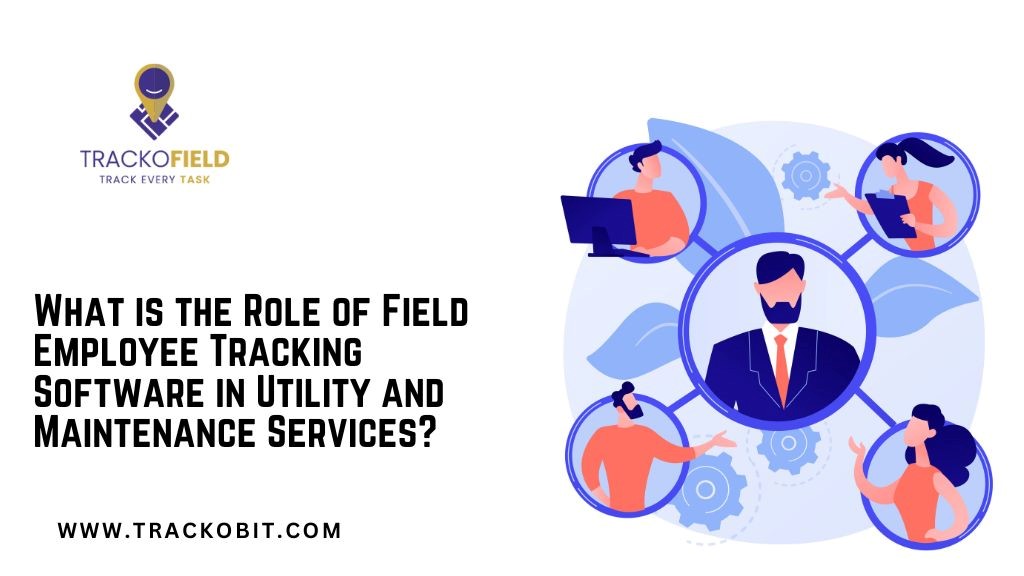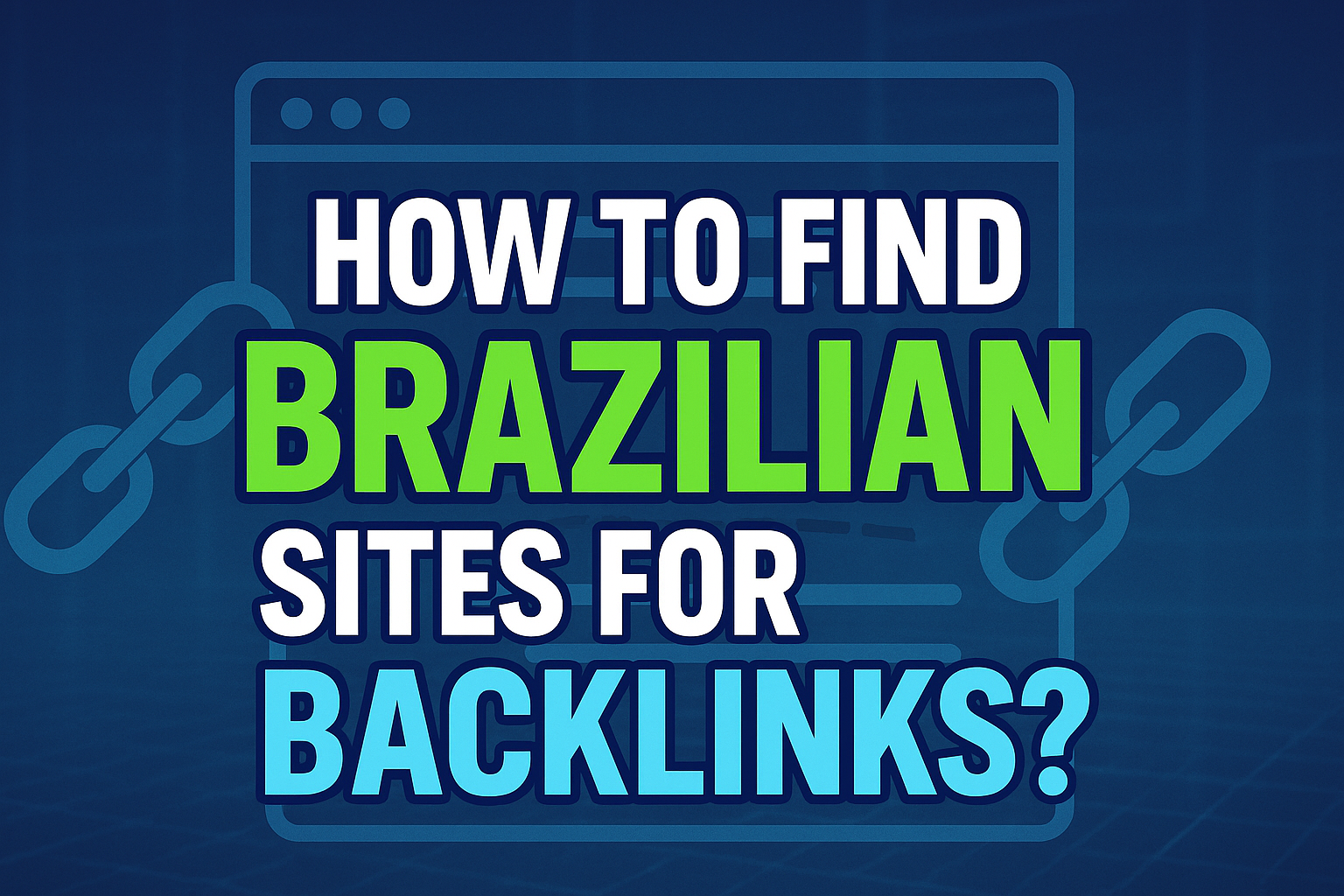In the digital age, our screens have become windows to the world—and sometimes, battlefields. The rise of visual social media platforms has transformed how we connect, share, and unfortunately, how some choose to harm others.
Cyberbullying, once confined to text messages and forum posts, has evolved into a more insidious visual threat. Today's teens navigate a landscape where a single image can shatter self-esteem, and a manipulated video can destroy reputations.
This new era of visual harassment presents unique challenges, not just for victims, but for parents, educators, and policymakers alike. As we grapple with these emerging forms of online aggression, understanding the nuances of visual cyberbullying becomes crucial for fostering a safer digital world.
Instagram and Its Role in Modern Cyberbullying
Visual platforms have revolutionized online interaction, inadvertently creating new arenas for cyberbullying. Instagram, with its image-centric interfaces, has become the epicenter of digital conflict.
It often amplifies controversial or inflammatory content, exacerbating the reach and impact of visual harassment. Moreover, the persistence of visual content, even after deletion, due to screenshots and shares, compounds this issue.
Recent findings from Security.org paint a chilling picture of cyberbullying's prevalence and impact. One in five adolescents, aged 10-18, fall victim to online harassment, leaving an indelible mark on their psyche. The emotional toll is staggering. Nearly 50% of victims grapple with intense anger, while a third endure deep-seated hurt.
Perhaps most alarming, 15% of these young targets live in fear, their digital interactions tainted by anxiety. These statistics underscore the urgent need for robust interventions in our increasingly connected world.
More than thirty states in the United States have initiated Instagram lawsuits against Meta. The allegation? The company is purportedly incorporating addictive aspects into the platform.
Have you or anyone you know been battling anxiety or depression as a result of Instagram use? TruLaw states that you should take the help of an expert personal injury attorney specializing in digital cases. These experts understand local digital privacy laws and are adept at dodging unjust settlements.
Emerging Forms of Visual Cyberbullying
Instagram's architecture has inadvertently facilitated advanced forms of visual cyberbullying. Deep learning algorithms powering DeepFace technology, enable the creation of hyper-realistic deepfakes, manipulating facial features with unprecedented accuracy.
The situation with deepfakes is so grim that Meta's independent Oversight Board has to come into the picture. CNN reports that the board is reviewing Meta’s mitigation strategies against the complex issue of sexually explicit deepfakes featuring public figures on its platforms.
This decision comes in response to the increasing prevalence of AI-generated content. It is hoped that Meta will establish clear policies balancing free expression with protection against harmful or non-consensual imagery.
The platform's Content Delivery Network (CDN) accelerates the spread of unauthorized content. IBM states that a CDN operates as a distributed system of servers strategically positioned across various geographical locations. This network architecture stores cached copies of media files closer to end-users, reducing latency and improving load times.
Consequently, when unauthorized or harmful content enters this system, it can be swiftly propagated to a vast audience. This is generally done before content moderation mechanisms can intervene, amplifying the impact of visual cyberbullying.
Instagram's GIPHY integration has weaponized GIFs. Malicious users leverage API calls to program and generate harmful content.
Also, GeeksforGeeks states that the platform uses a machine learning-based content recommendation system for its users. This system uses collaborative filtering algorithms. This amplifies exclusionary content, exacerbating feelings of isolation.
These technical vulnerabilities transform Instagram's core features into tools for sophisticated visual harassment. They challenge traditional content moderation approaches.
Combating Visual Cyberbullying
Combating visual cyberbullying requires a holistic approach that blends technology with human compassion. Educational programs are evolving to teach not just digital literacy, but also empathy in online spaces. Students learn to critically evaluate images and understand the emotional impact of their digital footprint.
Technological tools are becoming more user-friendly, allowing individuals to detect and report visual harassment. For instance, reverse image search capabilities can empower users to trace the origins of potentially harmful content.
Building resilience in victims goes beyond mere coping mechanisms. Support groups advocating for safe, virtual spaces, can be a great starting point. Here, individuals can share experiences and heal together. These groups often incorporate art therapy and mindfulness techniques tailored to the digital age.
Perhaps most importantly, the role of bystanders is being reimagined. New initiatives focus on cultivating digital courage and encouraging users to speak up when they witness online harassment. This shift aims to transform silent scrollers into active allies, fostering a more supportive online community.
FAQs
Q. How can parents monitor their children's Instagram activity without invading their privacy?
Parents can utilize Instagram's built-in supervision tools to set time limits and receive notifications about their child's activity. Open communication about online safety is crucial. Establishing trust and educating children about responsible social media use can be more effective than covert monitoring.
Q. What legal recourse do victims of visual cyberbullying have?
Victims may pursue civil litigation for defamation or emotional distress. Some jurisdictions have specific laws addressing cyberbullying. Consulting with a legal professional specializing in digital harassment cases can provide clarity on available options and potential outcomes. These experts can take care of the legal battle while victims can concentrate on getting better.
Q. How can schools integrate visual cyberbullying prevention into their curriculum?
Schools can incorporate digital citizenship modules into existing subjects, focusing on critical media analysis and online empathy. Practical workshops on identifying manipulated images and understanding digital footprints can empower students. Collaborating with tech experts for hands-on learning experiences enhances engagement and effectiveness.
As we navigate the evolving landscape of visual social media, the battle against cyberbullying demands continuous innovation and adaptation. The fusion of technology and human insight holds the key to creating safer digital spaces.
Fostering digital empathy, enhancing technological safeguards, and promoting collective responsibility are the needs of the hour. Only then can we aspire to transform the visual era from a potential threat into a canvas for positive human connection and expression.



